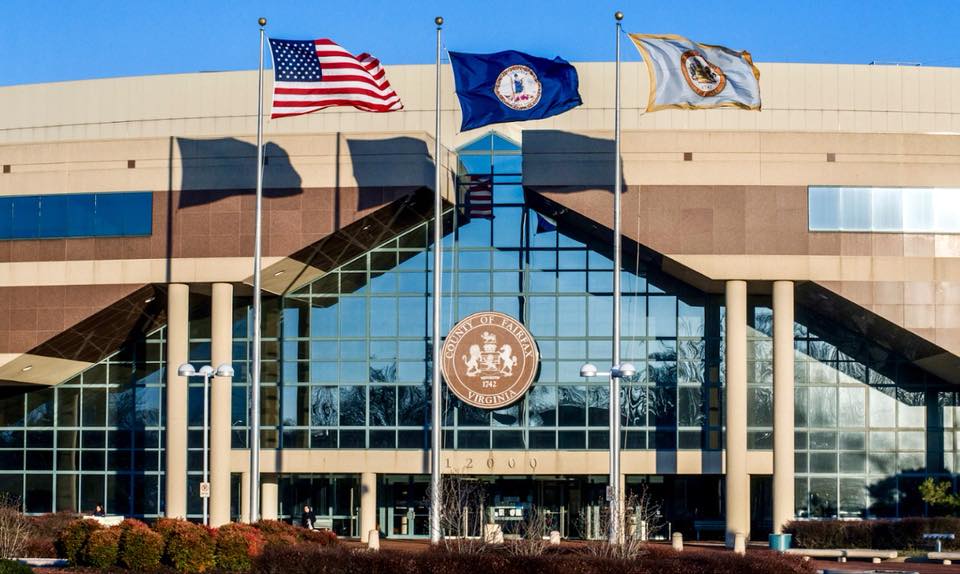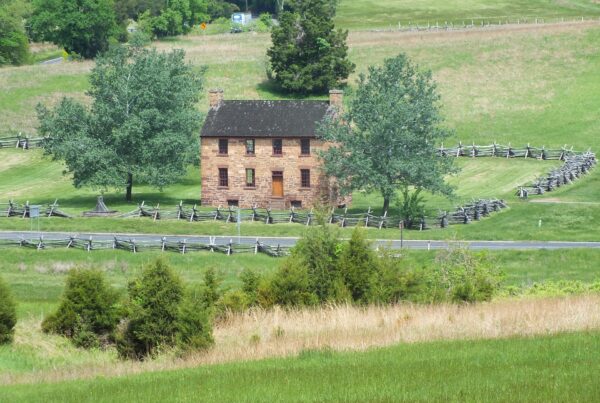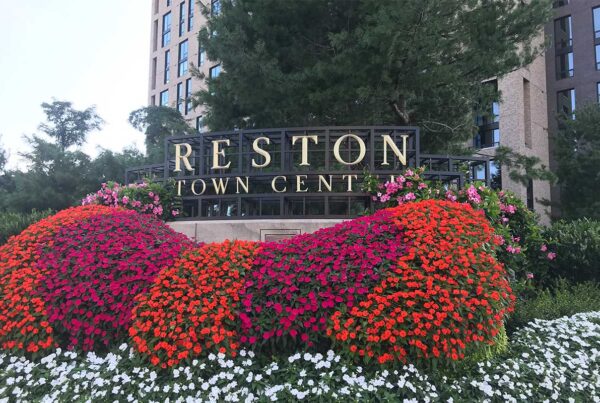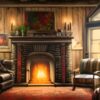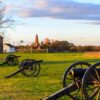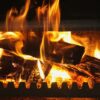Understanding Chimney Fires: Essential Facts for Fairfax County Residents
Chimney fires are a significant concern for homeowners, especially those living in the colder regions where fireplaces are frequently used. Despite the cozy warmth they provide, fireplaces can pose a significant fire hazard if not properly maintained. This article seeks to provide Fairfax County residents with essential facts about chimney fires, their causes, preventive measures, and what to do if one occurs.
Understanding Chimney Fires
A chimney fire occurs when the accumulated soot, creosote, or other debris in the chimney catches fire. These fires can range from slow-burning, unnoticed fires to dramatic flame-outs that are loud and terrifying. They can cause extensive damage to the chimney structure and potentially spread to the rest of the house, causing a catastrophic fire.
Causes of Chimney Fires
The primary cause of chimney fires is the build-up of creosote. This sticky substance is a by-product of burning wood, particularly pine, and builds up on the inside of your chimney. When the creosote gets hot enough, it can ignite, causing a chimney fire.
Other causes include chimney blockage or restriction due to bird nests, leaves, or other debris; improper installation or maintenance of the chimney; and burning inappropriate materials such as garbage or green wood.
Preventing Chimney Fires
The best way to prevent a chimney fire is through regular inspections and cleanings. It’s recommended to have your chimney inspected at least once a year, preferably before the heating season begins. If you use your fireplace frequently, you may need more frequent inspections. A professional chimney sweep, such as A&T Chimney Sweeps fireplace, furnace, dryer vent, gutter cleaning and repair services in Fairfax County VA, can inspect your chimney for creosote build-up or other potential problems.
Keeping your chimney clean is crucial. Burning only seasoned hardwood (wood that has been dried for at least six months) can help reduce creosote build-up. Avoid burning green wood, cardboard, or trash, as they can increase creosote and cause dangerous chimney fires.
Installing a chimney cap can also help prevent chimney fires. These caps can prevent debris, birds, or small mammals from entering your chimney, reducing the risk of blockages that can lead to fires.
What to Do in Case of a Chimney Fire
If you suspect a chimney fire, evacuate your home immediately and call 911. Do not attempt to extinguish the fire yourself. Once the fire department has put out the fire, have a professional chimney sweep inspect the chimney for damage before using it again.
Chimney fires can cause severe structural damage to your chimney that may not be visible from the outside. Cracked or broken chimney liners, warped metal, or damaged masonry can all result from a chimney fire. It’s crucial to have these damages repaired to prevent future fires or carbon monoxide poisoning.
FAQs
1. How do I know if I’ve had a chimney fire?
Chimney fires are often loud, with a rushing or roaring sound similar to a freight train. You may also see flames or dense smoke coming from the top of your chimney. However, some chimney fires are slow-burning and less dramatic, making them harder to detect. Signs of a slow-burning chimney fire include puffy creosote with rainbow-colored streaks, warped metal in the damper or connector pipe, or damaged masonry or tiles.
2. How often should my chimney be cleaned?
The National Fire Protection Association recommends that chimneys, fireplaces, and vents should be inspected at least once a year. If you use your fireplace frequently or burn a lot of wood, you may need to have your chimney cleaned more often.
3. Can I clean my chimney myself?
While it is possible to clean your chimney yourself, it’s often a dirty, difficult job that requires special tools and knowledge. Hiring a professional chimney sweep ensures that the job is done correctly and safely.
4. What kind of wood is best for reducing creosote build-up?
Hardwoods like oak, ash, and maple are the best choices for reducing creosote build-up. These woods are denser and burn hotter, producing less smoke and creosote than softer woods like pine or fir.
In conclusion, understanding chimney fires and their prevention can significantly protect your property and life. Regular inspection and cleaning by a professional chimney sweep are crucial in maintaining a safe and efficient fireplace. Stay warm, stay safe!



